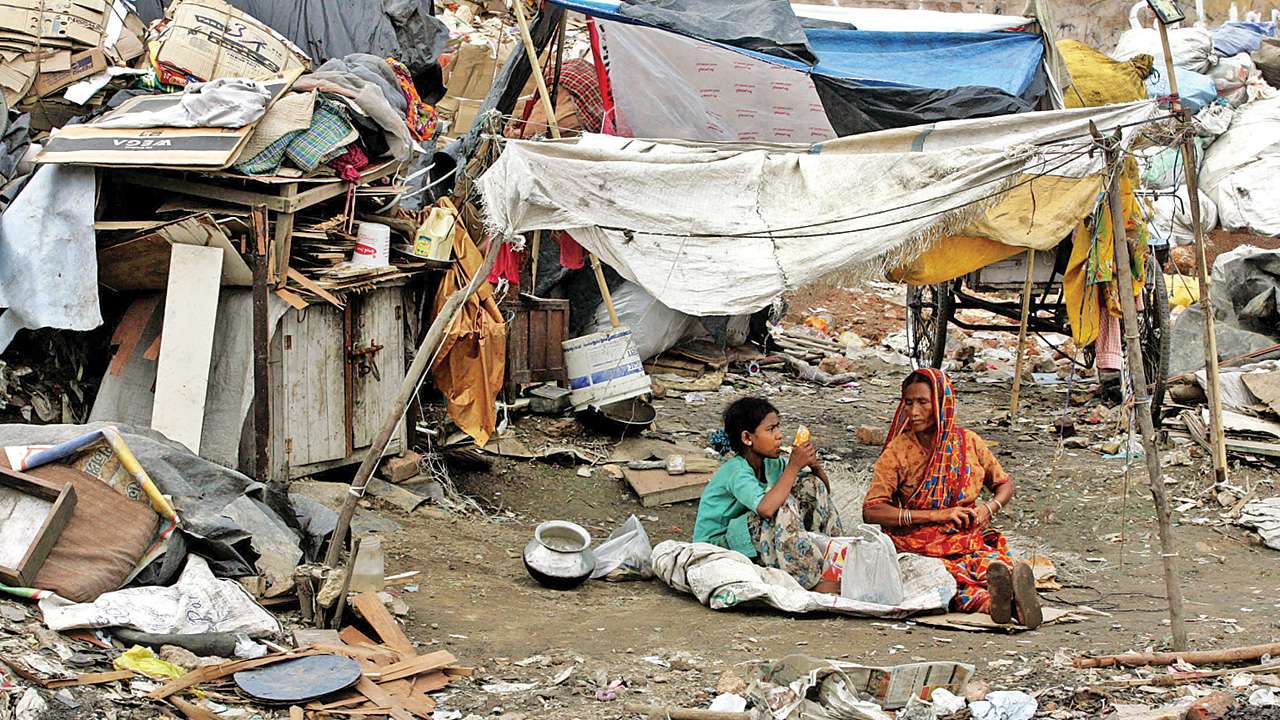
Based on the information shared by the Congress party on its minimum income scheme for poor, or NYAY (Nyuntam Aay Yojana), economists expect fiscal and implementation challenges unless some of the existing cash programmes are merged with it and the database of other welfare schemes are leveraged for it.
Madan Sabnavis, chief economist, Care Ratings Ltd, told DNA Money that considering the coverage of five crore poor families would require a spend of Rs 3.6 lakh crore, it will necessitate other schemes to be folded into it.
He said this would become imperative as he did not expect Congress to digress from the Fiscal Responsibility and Budget Management (FRBM) path, which meant containing the fiscal deficit at around 3.4% of gross domestic product (GDP).
Sabnavis also did not expect any government to devote the around Rs 3 lakh crore in a particular year to one programme. This year the government has announced a Budget of Rs 27-27.5 lakh crore for FY20 compared to Rs 24-24.5 lakh crore in the last fiscal.
"All governments, whether it is UPA or NDA, are committed to the Fiscal Responsibility and Budget Management (FRBM) path and I don't think even in case of Congress, if it comes to power, would want to deviate too from the 3.4% of GDP fiscal deficit," he said.
Ranen Banerjee, leader public finance and economics, PwC India, estimates an additional fiscal slippage of 2-2.5% of GDP if Congress were to decide to implement NYAY over the existing welfare schemes.
However, he believes the key challenge would be to define, identify and monitor the beneficiaries to effectively target the scheme.
Unveiling his party's manifesto for the coming general elections, Congress president Rahul Gandhi on Monday announced a welfare programme assuring a minimum monthly income of Rs 12,000 to five crore poor families. He expects an average top-up of Rs 6,000 per month or Rs 72,000 per year.
Gandhi has said the cash benefit transfer will be directed to 20% of the poorest.
"For any direct cash transfer scheme undertaken, the biggest challenge is the identification of the beneficiaries. The beneficiary has to be defined absolutely clearly without ambiguity so that they can be effectively targeted," said Banerjee.
Since family incomes are dynamic data, the PwC economists said a monitoring framework would also have to be put in place to avoid any distortion.
"We have to have a monitoring framework to see who, according to the definition, is getting selecting or de-selecting as we progress. As family incomes change, how do we monitor who is within that definition and who is not," he said.
Both economists said NYAY would have to be merged with other existing schemes like Mahatma Gandhi National Rural Employment Guarantee Act (MNREGA), government insurance plans, mid-day meal and other such schemes to make it fiscally viable. They also said subsidies on electricity, kerosene, fertiliser, foods and others could be discontinued and diverted to it.
"You don't give small doles, but you roll up everything on to a substantial sum and then transfer it; even the state government welfare schemes can be rolled into it. Some of the state government subsidies are very meagre – at sub-Rs100 level. The administration costs of these schemes are much higher than the subsidy itself. Those kind of schemes can be discontinued and brought into the fold of a larger scheme," said Banerjee.
Even though preparedness for such schemes were much better than it used to a few years, economists expect the rollout of the scheme to take almost a year. It would be taken up only if the Congress won and formed a government. After that a provision would be required for NYAY in the Budget. The final launch would only happen by early next year.
To hasten the listing of beneficiaries, the Congress party will need to tap into the existing databank of Aadhaar, MNREGA, healthcare programme Ayushman Bharat Yojana and others.
"Some bit of data is already there. Ayushman Bharat database could also be leveraged because that is a family cover and is getting ready. There are some schemes on which some preparatory work has happened. These could also be used for faster rollout. We may be in a better state of preparedness because of other existing schemes," said the PwC economist.
Sabnavis expects some initial hiccups in the creating databank of beneficiaries that could be fine-tuned later.
"There may be a 20-25% wrong identification as people may try to squeeze in because Rs 6,000 per month is a good amount for anyone, but that holds for all government schemes," he said.
However, once the identification process is completed, the cash transfer would be smooth for direct transfer as a large number of people are now banked due to the Jan Dhan Yojana, he said.
Being a large scheme, the Care Ratings economist expects NYAY to be implemented in phases beginning with a pilot in a region and then rolled out across the country.
He said there was little or no scope for fresh funding as both direct and indirect taxes cannot be raised any further and monetising in the form of fiscal deficit would mean non-adherence to FRBM.